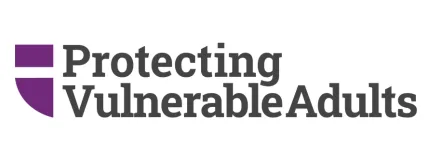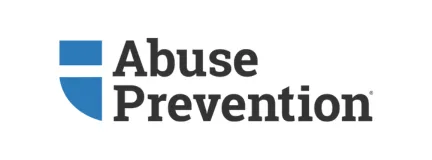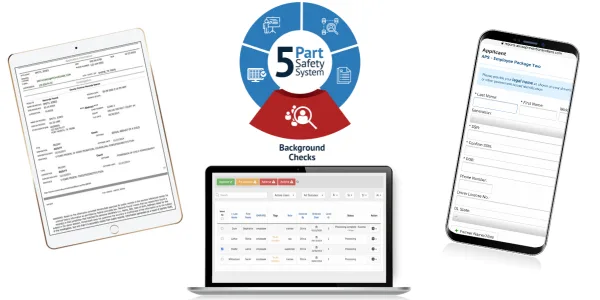A Partnership Built Around the Mission of Protection
Through our partnership with leading experts in sexual abuse prevention Gregory S. Love and Kimberlee Norris, civil trial attorneys with more than 60 years combined experience addressing issues related to sexual abuse, PHLY can provide resources tailored to your organization's specific needs. Love and Norris are co-founders of Abuse Prevention, Ministry Safe, and Protecting Vulnerable Adults. PHLY policyholders with Sexual Abuse and Molestation coverage can utilize these resources at no additional cost. These virtual platforms allow a customized approach to this complex risk, giving you access to the 5-Part Safety System: Sexual Abuse Awareness Training, Skillful Screening, Policies & Procedures, Background Checks, and Monitoring & Oversight.
An Effective Safety System Requires All Five Parts
Sexual Abuse Awareness Training
Training provides the foundation of an effective Safety System, administered and tracked through a state-of-the-art online platform.
Skillful Screen Processes & Training
Hiring managers are equipped to recognize and screen for high-risk responses from applicants.
Policies & Procedures
A library of Sample Policy Forms and documents are available to customize to a variety of programs.
Appropriate Background Checks
Conducting background checks to screen applicants attempting to gain access to vulnerable populations is a more complex undertaking than many realize. Read more about the importance of understanding these complexities below.
Monitoring & Oversight
This part of the System ensures periodic review and accountability. The online Control Panel manages and tracks Training and Background Checks, and archives Safety System elements.

A Curated Resource to Meet Your Organization's Specific Needs
Choose a platform below to learn more about this powerful partnership devoted to protecting the most vulnerable among us.

This image couldn’t be loaded
Protecting Vulnerable Adults
Designed for all organizations serving only vulnerable adults, it was created to address the unique considerations that arise serving this population. If your programming also includes children, please review Ministry Safe or Abuse Prevention.
Protecting Vulnerable Adults
This image couldn’t be loaded
Ministry Safe
Created to meet the unique needs of faith-based or religious organizations, including churches, camps, schools, mission organizations, and other ministry programming who serve children or who also serve vulnerable adults.
Ministry Safe
This image couldn’t be loaded
Abuse Prevention
Created to serve a full spectrum of child-serving organizations or who also serve vulnerable adults, including youth sports, daycare centers, schools, clubs, and other nonprofits.
Abuse Prevention
Background Checks: The Importance of Choosing the Right Provider
Background Checks, while not a "silver bullet," are crucial to an effective Safety System, yet misconceptions--such as the belief they are universally applicable and that all providers offer the same service level--leave organizations vulnerable. To truly protect those in your care, Background Checks must be tailored to specific roles, especially for staff working directly with vulnerable populations in less supervised environments.
Love & Norris's Background Check product offers seven screening levels or customizable options, providing greater flexibility than standard packages. While other vendors' packages may seem cost-effective, they can lead to higher long-term costs and, more importantly, risk devastating the life of an innocent individual.
By partnering with PHLY, you not only gain access to superior Background Check solutions, but also to dedicated professionals specializing in sexual abuse risk who share your commitment to safeguarding children and vulnerable adults you strive to serve.
Learn "All About Background Checks" and find out how your current Background Checks stack up.

- Additional Resources from PHLY
In addition to the resources provided through our partnership mentioned above, PHLY offers a wealth of additional support and expertise. Explore our Risk Management Services blogs for valuable insights and guidance on abuse prevention strategies, abuse coverage, and more.
Blogs

